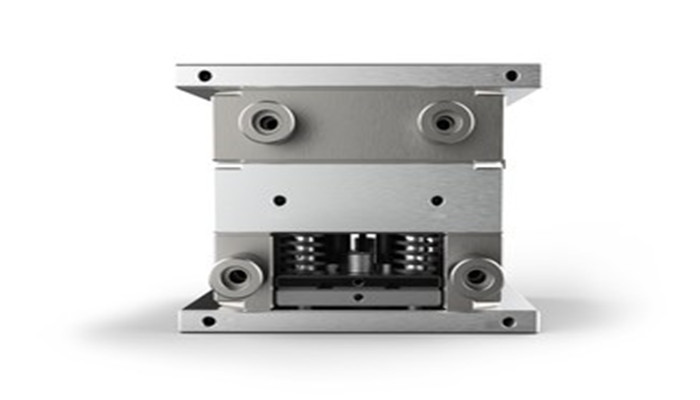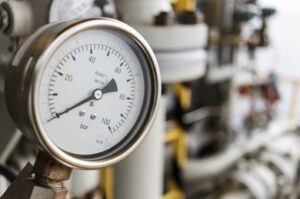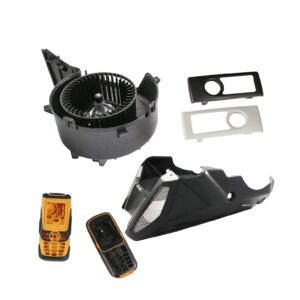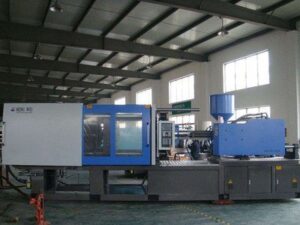If you are looking to produce high-quality plastic parts, you should be familiar with the basics of plastic injection molding. Injection molding is a process that involves melting plastic pellets and injecting them into a pre-made mold to create a desired shape or product. To ensure the quality of the final product, it is important to understand the science and technology behind the process, including the various types of molds used in injection molding. This article will provide an overview of the different types of molds used in plastic injection molding and explain the benefits and considerations of each type.
Overview of Plastic Injection Molding
Plastic Injection molding involves the use of molds to shape and form a plastic part. The plastic used to make the part is melted and injected into a mold. The mold is heated to ensure that the plastic flows easily through the mold cavity and forms a part with the desired shape. The mold is then cooled, and the plastic part is removed. The injection molding process may be used to produce a wide range of plastic parts for a variety of industries, including automotive, construction, and medical. Injection molding has grown in popularity in recent years thanks to advances in technology and an increase in demand for plastic products. The process allows manufacturers to produce a large number of parts with a relatively low initial capital investment. Injection molding also allows for significant customization of parts. The process is extremely efficient and produces high-quality parts.
Types of Molds Used in Plastic Injection Molding
There are several types of molds used in injection molding. The type of mold used in a particular application depends on several factors, including the volume of parts being manufactured, the part geometry, and the material of the part. There are three primary types of molds used in plastic injection molding – single-cavity molds, multi-cavity molds, and hot runner system molds. Single-cavity molds are used when producing a relatively small number of parts. They are often used for low-cost, high-volume production. Since single-cavity molds are generally smaller and less expensive than multi-cavity molds, they are appropriate for low-cost production of standard parts. However, for more customized parts, a multi-cavity mold may be more appropriate. Single-cavity molds can be further categorized based on their geometry. Multi-cavity molds are used when producing a large number of parts. While a single-cavity mold can produce only one part, a multi-cavity mold can produce multiple parts at once in each cavity. This greatly increases the number of parts that can be produced with a single mold. Hot runner system molds are used to produce parts with very specific and intricate geometries. Hot runner system molds are created by stacking several molds together to form a single mold. Hot runner system molds are used when producing highly complex parts that are difficult to produce with other types of molds.
Benefits and Considerations of Each Mold Type
Single-cavity molds are generally smaller, less expensive, and easier to set up than multi-cavity molds. They are appropriate for low-cost and high-volume production since they allow for easy modification of the part geometry. Single-cavity molds are best suited for standard parts that do not require very intricate geometries. Multi-cavity molds are larger and more expensive than single-cavity molds. They are more appropriate for high-volume production of customized parts. The multiple cavities in a multi-cavity mold allow for variations in the part geometry and help to control costs by reducing the need to create new molds for each new variation. Hot runner system molds are used when producing very complex parts that are difficult to produce with other types of molds. Hot runner system molds allow for significant customization of the part geometry.
Conclusion
There are a number of considerations when choosing a mold type for a plastic injection molding application. The size and geometry of the part are important considerations, as the mold must be large enough to contain the entire part and must be designed in such a way that the part can be ejected from the mold. The geometry of the part determines the type of mold that must be used to create it. The volume of parts being produced is also an important consideration. In general, higher volumes require larger molds. The type of material being molded is another critical consideration. Each material may require specific design parameters, such as the location of gates and vents. Furthermore, each material may require a different mold type to be used in the injection molding process.
if you still don’t know how to choose, you can consult our experts to help you analyze and choose the right mold.






